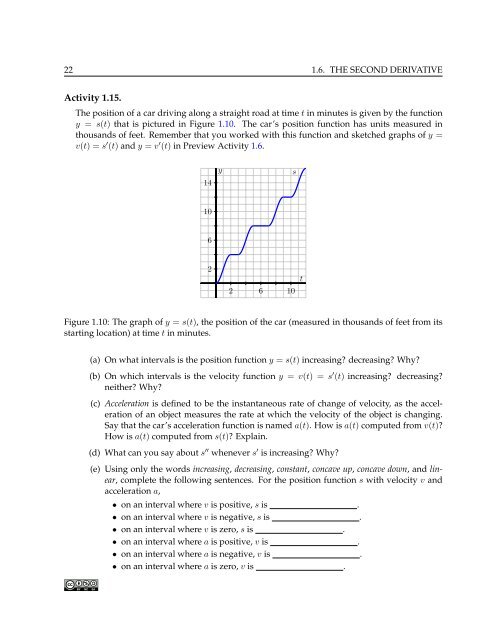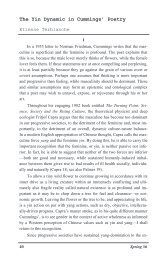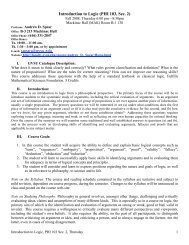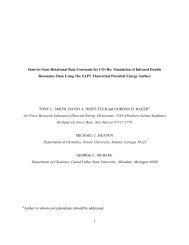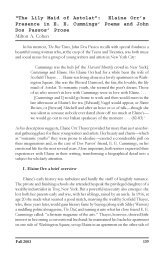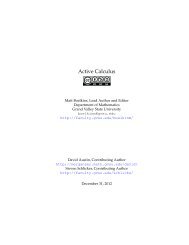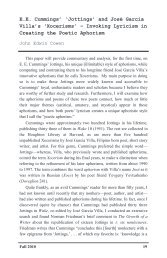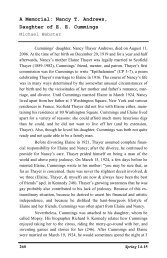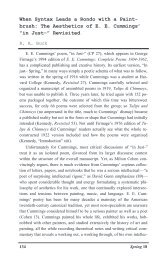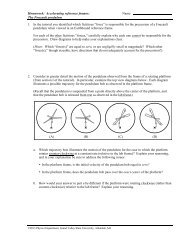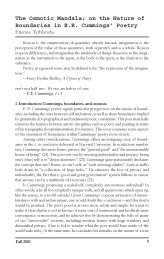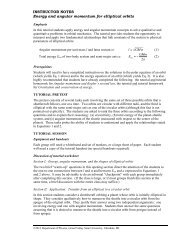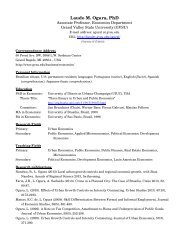Active Calculus - Gvsu - Grand Valley State University
Active Calculus - Gvsu - Grand Valley State University
Active Calculus - Gvsu - Grand Valley State University
- No tags were found...
You also want an ePaper? Increase the reach of your titles
YUMPU automatically turns print PDFs into web optimized ePapers that Google loves.
22 1.6. THE SECOND DERIVATIVEActivity 1.15.The position of a car driving along a straight road at time t in minutes is given by the functiony = s(t) that is pictured in Figure 1.10. The car’s position function has units measured inthousands of feet. Remember that you worked with this function and sketched graphs of y =v(t) = s ′ (t) and y = v ′ (t) in Preview Activity 1.6.14ys10622 6 10tFigure 1.10: The graph of y = s(t), the position of the car (measured in thousands of feet from itsstarting location) at time t in minutes.(a) On what intervals is the position function y = s(t) increasing? decreasing? Why?(b) On which intervals is the velocity function y = v(t) = s ′ (t) increasing? decreasing?neither? Why?(c) Acceleration is defined to be the instantaneous rate of change of velocity, as the accelerationof an object measures the rate at which the velocity of the object is changing.Say that the car’s acceleration function is named a(t). How is a(t) computed from v(t)?How is a(t) computed from s(t)? Explain.(d) What can you say about s ′′ whenever s ′ is increasing? Why?(e) Using only the words increasing, decreasing, constant, concave up, concave down, and linear,complete the following sentences. For the position function s with velocity v andacceleration a,• on an interval where v is positive, s is .• on an interval where v is negative, s is .• on an interval where v is zero, s is .• on an interval where a is positive, v is .• on an interval where a is negative, v is .• on an interval where a is zero, v is .


